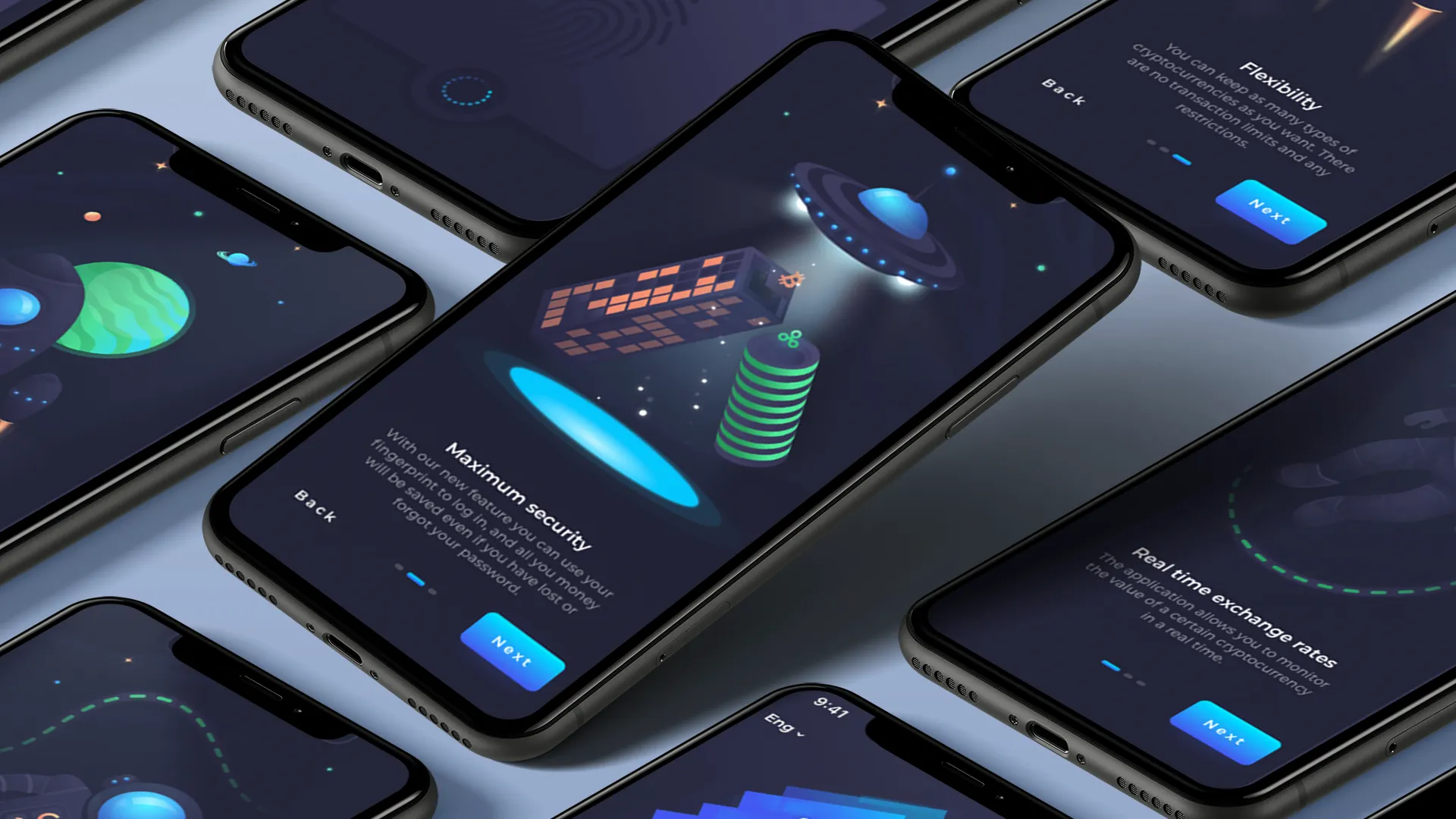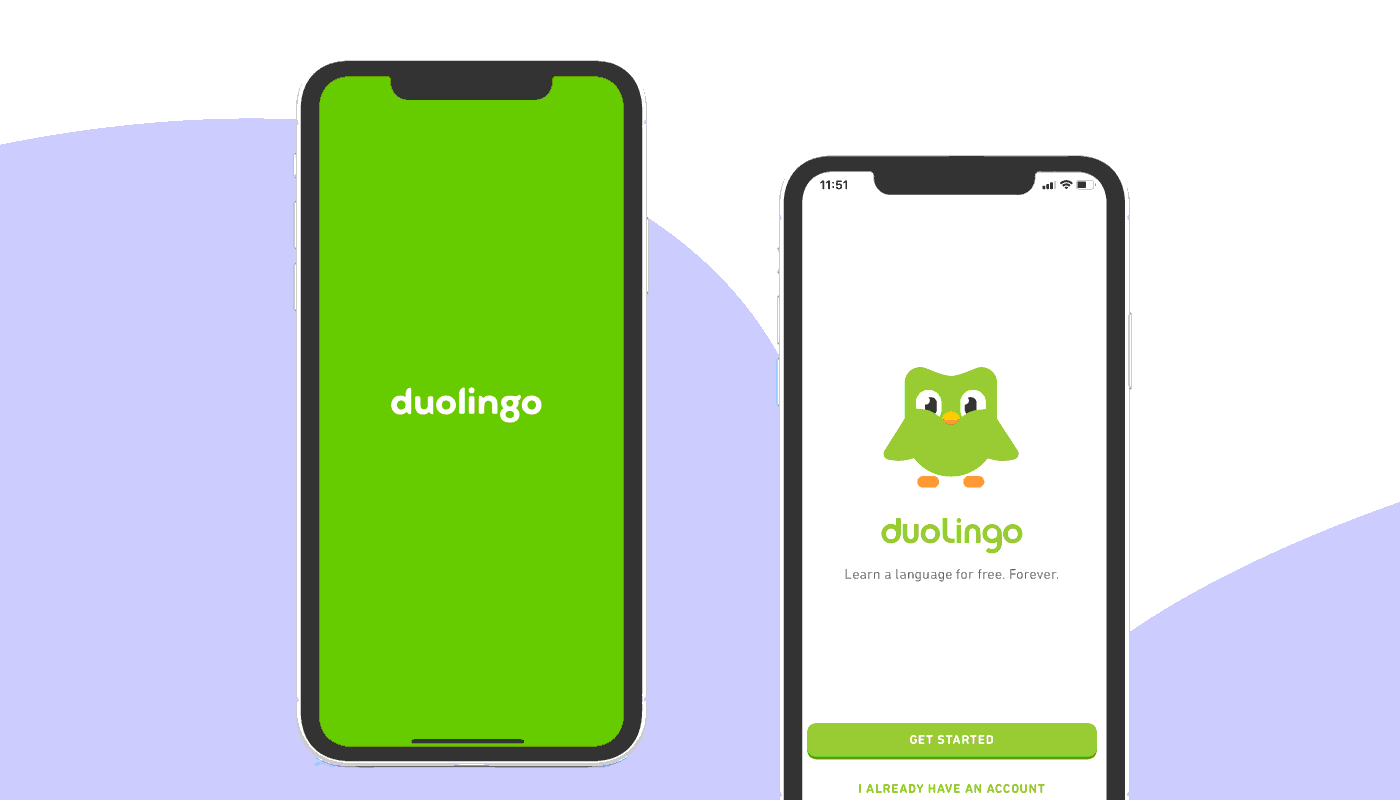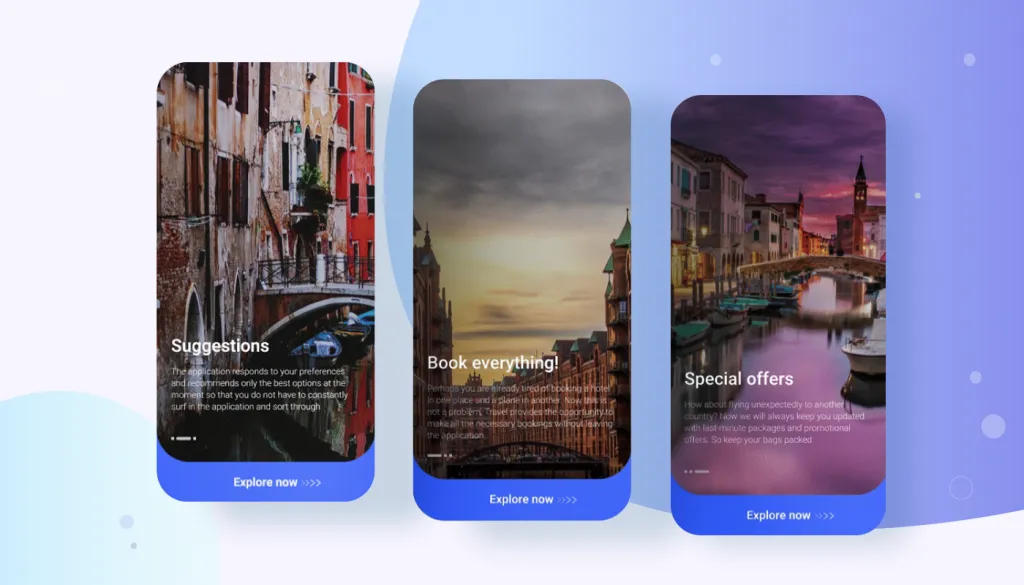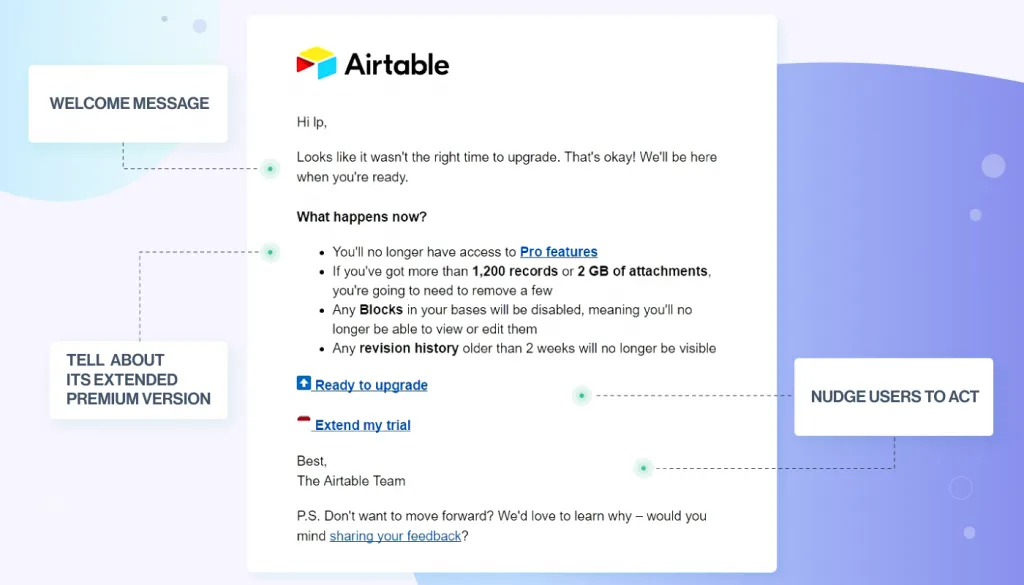The first experience with the product is the most important. Suppose a person is initially confused, faces difficulties, cannot understand the interface, and does not understand why he needs a product or service. In that case, the user is unlikely to become your client.
No matter how simple and intuitive your website, online store, or service may seem, this is always an uncharted territory for new users. When users enter an unfamiliar online space, they do not go straight to solve their problem; they gradually learn all the functions and then know how to complete their task. Users adapt to the interface, get a better idea of the product, and then decide whether to buy or not.
This mastering of an online resource is called onboarding. The success of your offer depends on its effectiveness. That is why, in this article, we would like to raise the topic of what an ideal user onboarding design should be so that the user would turn into your client and stay with you for a long time.








